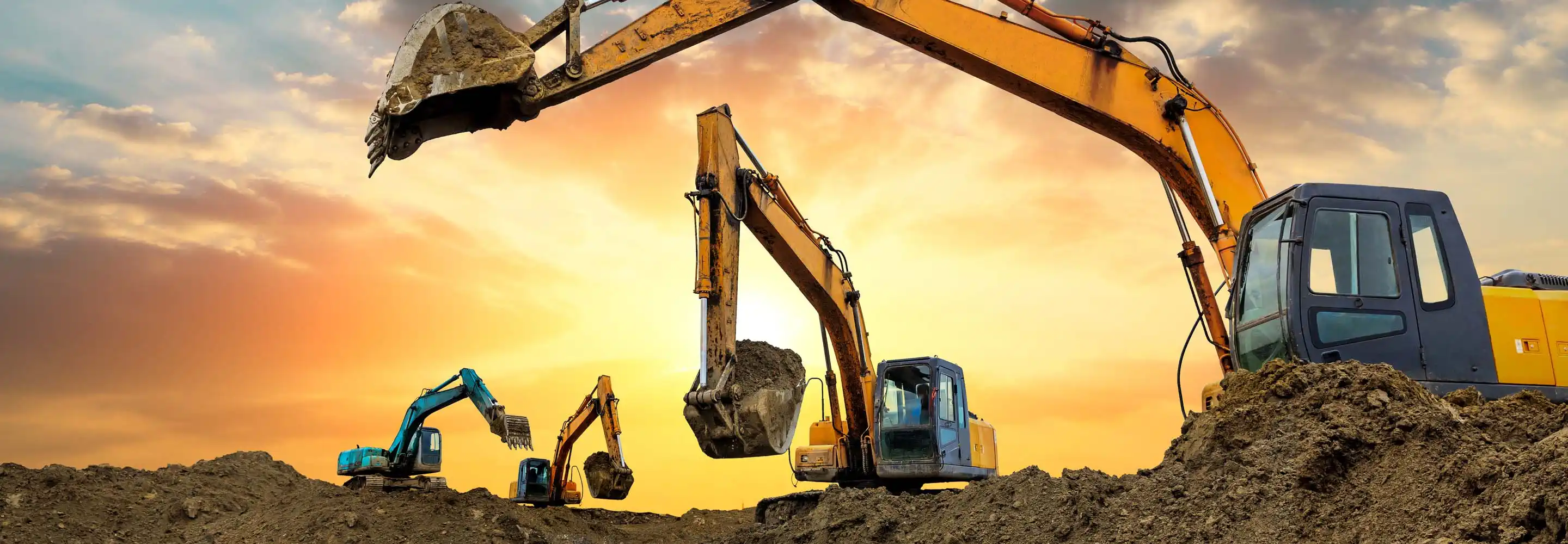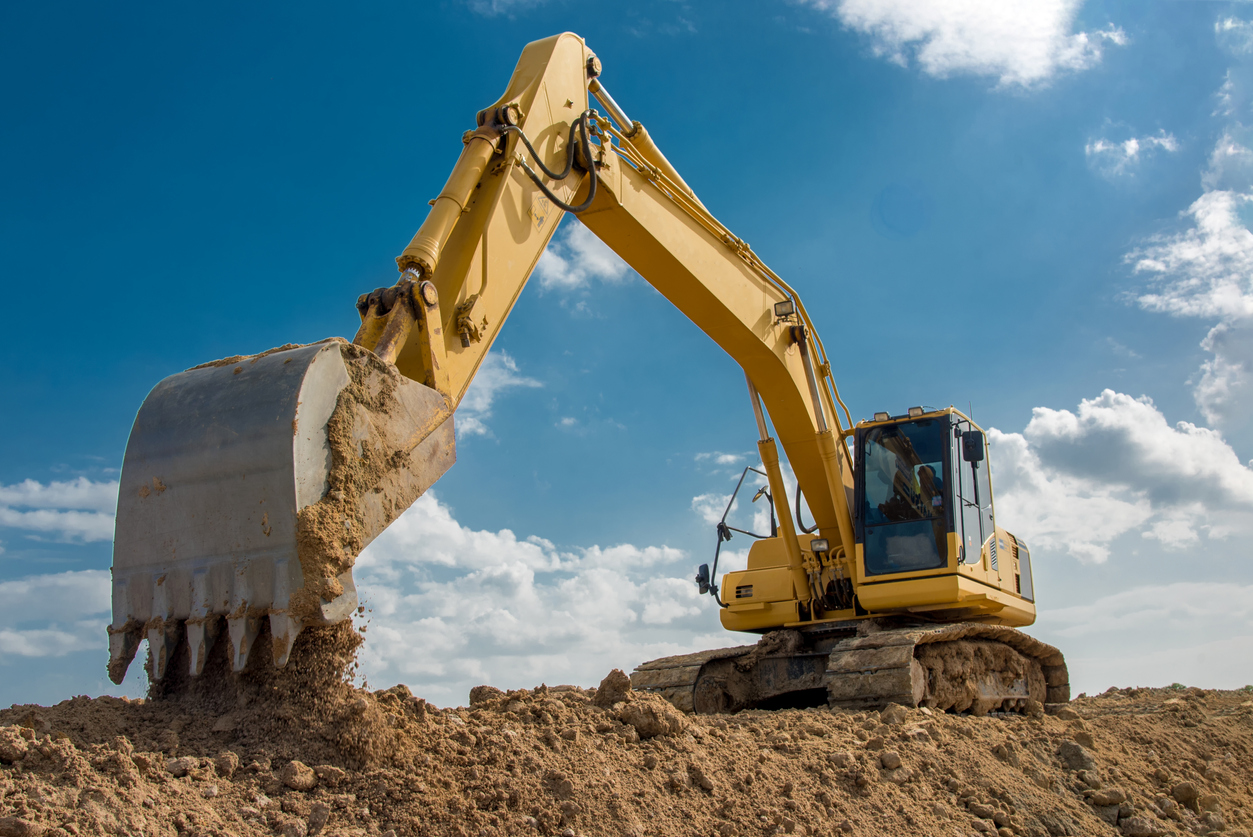Boom Lift Rental: Get To New Levels Safely
Boom Lift Rental: Get To New Levels Safely
Blog Article
Renting Vs. Acquiring Construction Tools: Making the Right Choice for Your Project
When beginning on a building job, one of the crucial decisions that forecast supervisors and stakeholders face is whether to lease or acquire construction equipment. The decision pivots on different factors such as price considerations, job duration, equipment maintenance, danger, versatility, and scalability administration.
Price Considerations
Renting devices commonly requires lower initial repayments contrasted to acquiring, making it an eye-catching option for short-term tasks or contractors with spending plan constraints. In the lengthy run, constantly leasing tools can accumulate higher expenses than buying, especially for prolonged projects.
On the various other hand, buying construction tools entails greater ahead of time expenses yet can result in long-lasting savings, particularly for regular customers or lasting tasks. Eventually, the choice between leasing and getting building and construction equipment hinges on the job's duration, regularity of use, budget plan factors to consider, and long-term financial goals.
Project Period

Conversely, for long-lasting tasks or ongoing construction work, buying equipment can be the much more affordable option. Getting tools can lead to set you back savings over time, especially if the tools will certainly be often used. Furthermore, having equipment gives a feeling of control over its schedule and enables modification to fit details task demands.
:max_bytes(150000):strip_icc()/Balance_Must_Have_Earth_Moving_Construction_Heavy_Equipment_844586-c5b6ac9e5c074c11ad41e9acaea8f099.png)
Devices Upkeep
Provided the important role task period plays in identifying the most cost-effective approach between leasing and getting construction devices, the emphasis currently shifts in the direction of examining the essential element of tools upkeep. On the other hand, having devices calls for an aggressive approach to maintenance to prevent break downs, make sure security, and prolong the tools's life-span. Eventually, a well-maintained construction equipment fleet, whether rented or owned, is important for the effective and successful conclusion of building and construction tasks.
Flexibility and Scalability
In the world of building and construction devices administration, the aspect of flexibility and scalability holds significant significance for job performance and source use. Opting to lease building devices offers a high level of versatility as it allows for the fast change of devices types and amounts based on the progressing requirements of a task.
Leasing building devices offers the advantage of easily scaling operations up or down as job needs vary. Service providers can rapidly exchange or include equipment to match the job's changing demands without the constraints of having assets that may come to be underutilized or obsolete.
Risk Monitoring
Efficient threat administration in building and construction devices operations is extremely important to ensuring task success and mitigating possible financial losses. Construction jobs naturally entail different risks, such as devices breakdowns, mishaps, and job delays, which can considerably impact the project timeline and budget. By meticulously considering the risks related to owning or renting building and construction tools, task managers can make educated decisions to reduce these possible hazards.
Leasing building tools can use a level of danger mitigation by moving the duty of repair and maintenance to the rental business. This can decrease the financial problem on the job owner in situation of unanticipated equipment failings (construction equipment rentals). In addition, leasing offers the flexibility to accessibility specific tools for details job stages, minimizing the risk of having underutilized machinery
On the various other hand, owning construction equipment offers a feeling address of control over its usage and upkeep. Nevertheless, this also indicates birthing the full responsibility for fixings, maintenance prices, and devaluation, raising the monetary risks associated with equipment ownership. Cautious risk assessment and consideration of aspects such as job period, tools usage, and upkeep requirements are vital in figuring out one of the most suitable alternative for effective threat management in construction jobs.
Final Thought
In conclusion, when making a decision between getting and leasing building and construction equipment, it is necessary to think about expense, task duration, tools upkeep, risk, scalability, and this link adaptability monitoring. Each variable plays an essential role in establishing one of the most appropriate option for the job at hand. By carefully examining these aspects, job managers can make an enlightened choice that aligns with their spending plan, timeline, and overall job goals.

Report this page